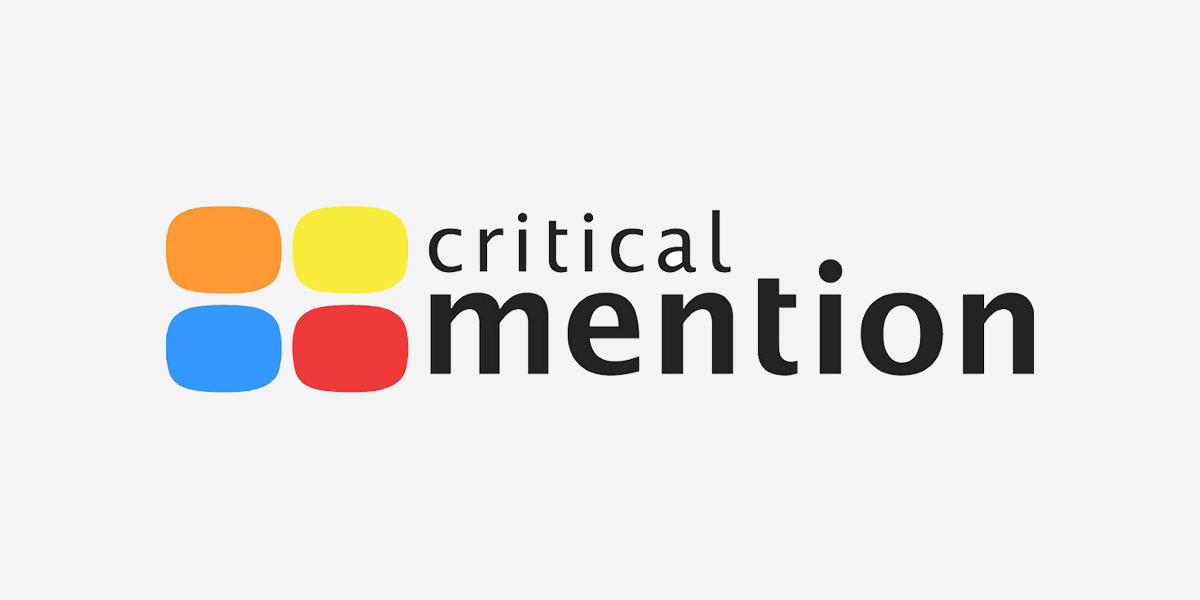
Aside from being the PR guy for Donald Sterling, there’s probably no communications role more challenging today than the person responsible for media relations at a college or university.
The academic year that just wrapped up is sure to have broken records for crisis situations affecting higher education institutions of all shapes and sizes across the United States.
While a normal year includes commencement speakers who cancel over student protests – former Secretary of State Condoleezza Rice did that to Rutgers a few weeks ago – the 2013-14 academic term featured an unprecedented number of issues that have the potential to adversely impact brand reputation and damage a school’s bottom line if not handled properly.
There were 17 campus-related shooting incidents, including the May 23 rampage that left seven people dead in Santa Barbara, Calif. Last week, three people were shot at Seattle Pacific University. One student died.
With each new incident, communications professionals at every campus have been tasked with updating their active shooter protocol, coordinating with campus and local law enforcement, and assuring media, parents, students and other key audiences that a plan is in place – including real-time information capture and dissemination — should gun violence erupt.
A federal probe of sexual assaults on college campuses became national news May 1 when the Education Department released the names of 55 schools under investigation. With Ivy League and other prestigious brands under a cloud for their handling of sexual abuse claims, university administrators turned to their PR officers for counsel and ongoing monitoring of other schools’ responses.
Colleges with top-tier sports programs took note when a federal labor official ruled Northwestern University football players are employees and have a right to unionize. Since then, Ohio lawmakers have attempted to thwart similar action in the Buckeye State through state legislation. Again, wary campus PR pros have been forced to become smart and stay current on the issue.

Perhaps the most pervasive topic of this past academic year involves admissions policies. A Supreme Court ruling in April gave a state’s voters the right to outlaw the use of race as a factor in college admissions. Issues of racial inequality across America, and at campuses across the land, will build as elected officials grapple with taking this to a vote.
On many campuses, the grounds staff has barely finished disassembling the commencement stage. But the absence of students and faculty hardly signals a deceleration for PR and media relations teams this summer.
The preponderance of weighty issues affecting all of U.S. higher education means extra work – and an opportunity for a more strategic role among administrators — for higher education communications professionals heading into the 2014-2015 academic year.









